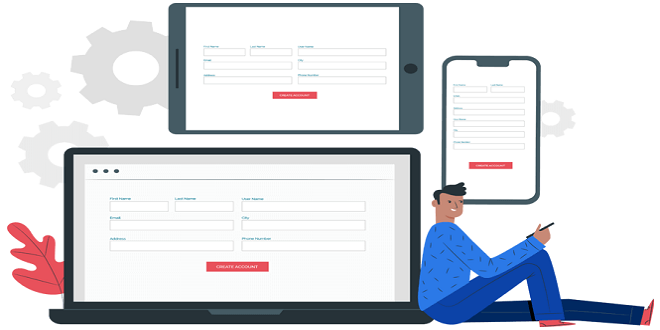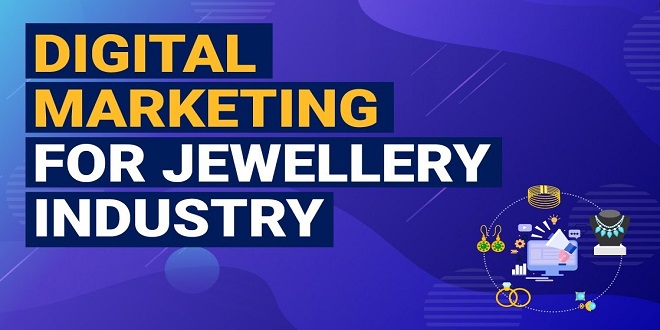SEO – How does UX affect?

You want to make sure your website ranks at the top of Google search results.
A website that is easy to use and provides the information you need is a quality website. UX and user experience (UX) are essential to any website. Not only for the convenience of your visitors, but also to enhance your overall SEO strategy.
You may be wondering, “How does UX impact SEO?” UX can have a wide range of impacts on SEO. Unresponsive pages are not only bad for search engines, but they also frustrate users and cause them to leave.
These UX suggestions from Snap SEO will make your website stand out among search results and give your users the best experience.
Get Navigation intuitive
Your web navigation should look like a menu for a restaurant, or office directory. Your website navigation should communicate the content and the most important information to visitors. It should be located near the top of the page, so that the user can quickly navigate to the desired location. These are some guidelines that you should keep in mind:
- To make your navigation more prominent, it should be located at the top of your webpage.
- It should be distinguished from the rest of your content. To distinguish it from your other content, you can change the fonts and colors used.
- You can set your navigation in white space or use a colored bar.
- Keep it simple and keep it to the basics. You might consider creating drop-downs for pages with multiple pages.
You should aim to ensure that your main pages are linked and not obstruct your user’s view.
You can reduce the amount of information your site visitors see to make it easier for them to navigate. Google recommends that you create concise URLs, and break keywords apart with a dash. This is a great way to follow UX SEO best practices. Your visitors will be able to click on the URL and get a feel for what it contains by creating an easy-to-understand URL.
This non-favorable illustration isn’t the greatest because it doesn’t tell readers (or web crawlers) what the blog’s contents are about. However, the best example explains to the user exactly what the blog’s contents are about.
Users Flow within Google Analytics is a useful tool for determining the location of your users when you are deciding on features for your website navigation system. Log into Google Analytics, then click on the Audience tab. Users Flow is located at the bottom of the Audience tab.
After you have reached Users Flow, take a peek at the graph created by Google Analytics. The graph should display a map of how users traveled through your site from the moment they accessed it until their exit. This information will allow you to see how visitors are using your site. Are they returning to pages you intended for them to visit? Is there a missing page in the navigation?
Tips If you don’t have Google Analytics, or if your website is just starting out, it might be worth testing user behavior using Heatmaps. Heatmaps can be visual tools that help you understand how users navigate and click on pages on your site when they arrive. This will allow you to plan your navigation to achieve UX and SEO.
Make sure your page speed is competitive
Did you ever visit a website that took so long to load that it forced you to leave? Nearly everyone has been there. Most users will abandon a website that takes longer than 3 seconds to load. This is one of the most obvious examples of SEO’s impact on user experience.
Your website’s page speed is one of the most important aspects. Your site might not be competitive if it is slow.
You can use tools like Google PageSpeed Insights or GTmetrix to measure how fast your website loads for a typical user. These tools can detect problems with page speed and recommend ways to improve your site’s speed.
Unneeded scripts, large images and redirects are all common problems. Your website will load faster and be in compliance with UX SEO guidelines.
Use Mobile-First Design to Build Your Website
Mobile devices drive the majority of web traffic. Googlebot has been using a mobile-first strategy since many years. Websites that don’t prioritize mobile experience will be automatically disadvantaged.
Some mobile-first design principles include:
- Mobile content and desktop content should be compatible.
- Use the same metadata (title tags and Meta descriptions, title tags, etc.) for mobile and desktop versions.
- Your advertisements should not make your mobile site unusable or prevent you from accessing essential items.
- High-quality images should be used with the supported formats. You can find the Google guidelines for images here.
- Verify that your mobile website is competitive and fast. Google has a Test for Mobile Friendly available.
You should create the same content, but with modifications to make it more usable.
Use Related Internal Links
Internal links can be a great way to keep users engaged. By including internal links to pages, you help users find more information and stay longer on your site. Google is informed by cross-linking that a linked page is important, which aids the algorithm.
Tips Make sure your anchor text (aka the part that is attached) informs users of the destination they are heading to. This is not only more user-friendly. Google’s algorithms will also use the anchor text that you choose to understand the page’s contents. Google uses anchor text to verify that you are not engaging in spammy activities. This is why it is important to ensure your page is relevant.
Enhance Your On-Page Structure
UX and SEO can also work together by incorporating structure on the page. Let’s look at ways you can naturally draw people’s attention to your website, and make sure they stay there.
Split your Content
Search engines and the eyes don’t like large blocks of text. Visitors may abandon your site if they see too many paragraphs. This can decrease the time spent on your site and illustrate another aspect of how UX can impact SEO.
To break up long texts and make it easier to read on mobile devices, ensure you include spaces between every three to four sentences. To simplify your text, you can use the number list or bullet point to reduce the amount of words.
Images can be a great way to grab your visitors’ attention and increase engagement on your pages. Your site’s SEO can be improved by attaching an image that is relevant to the content block.
Interactive content such as calculators, infographics and videos are a great way to get users to interact.
To create structure, use headers
Do you have a hard time figuring out the structure of your page? The headers used to design your page determine its structure. The H1 header should be at the top of most pages. It should include the following:
An H1 header is the first header on every page. It should be a description of your site’s purpose. It is important to make sure that only one H1 appears on your page. This will make it easier for search engines to understand the structure of your page and for users to know what’s most important.
H2s, H3s and any subsequent headers should be used in descending order. H3s may be placed under H2s and H4s under H3s.
It is a great way to increase your search engine rankings and to follow the UX SEO best practices. You should choose keywords that are relevant to your webpage’s subject matter. For example, if you’re marketing services, you will want to include marketing on the page.
Conclusion
Although it may seem impossible to create a website that Google loves, it is possible. However, you have to first delight your visitors. UX design directly impacts SEO rankings through the metrics that search engines use to measure user engagement. You can learn how your visitors interact with your website by studying user experience. This will help you to improve your website’s time-use. For both search engines as well as visitors, it is important to consider page loading speed, page structure, and internal links. UX and SEO are not rivals in building your website. They are great partners, and they complement each other. Reach out to us at Snap SEO if you want to improve your website’s SEO visibility and search engine ranking.




